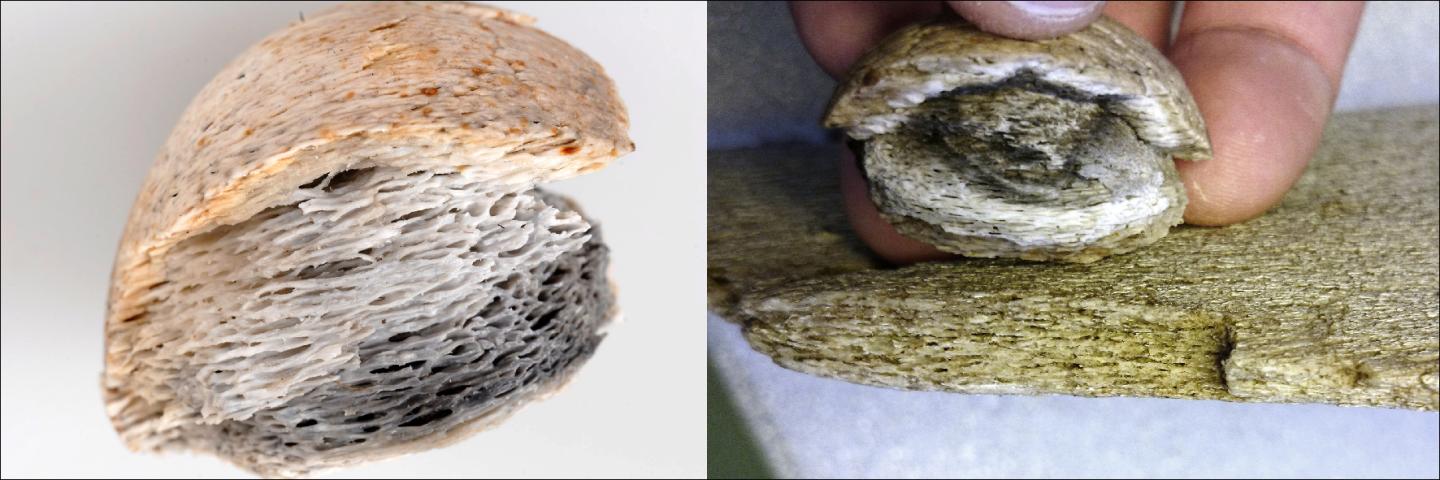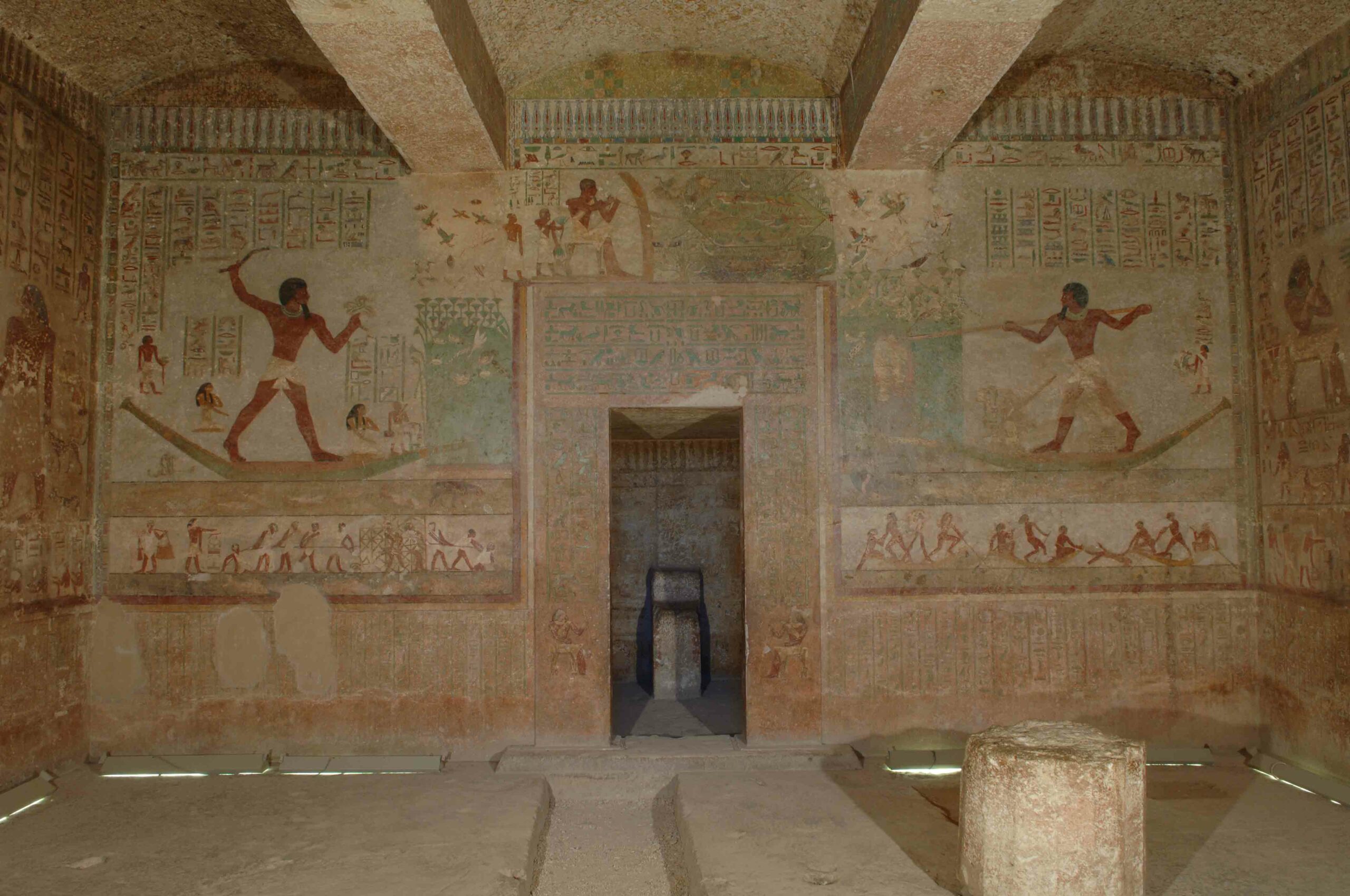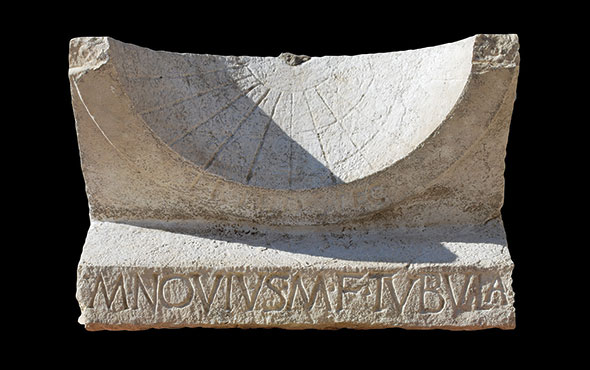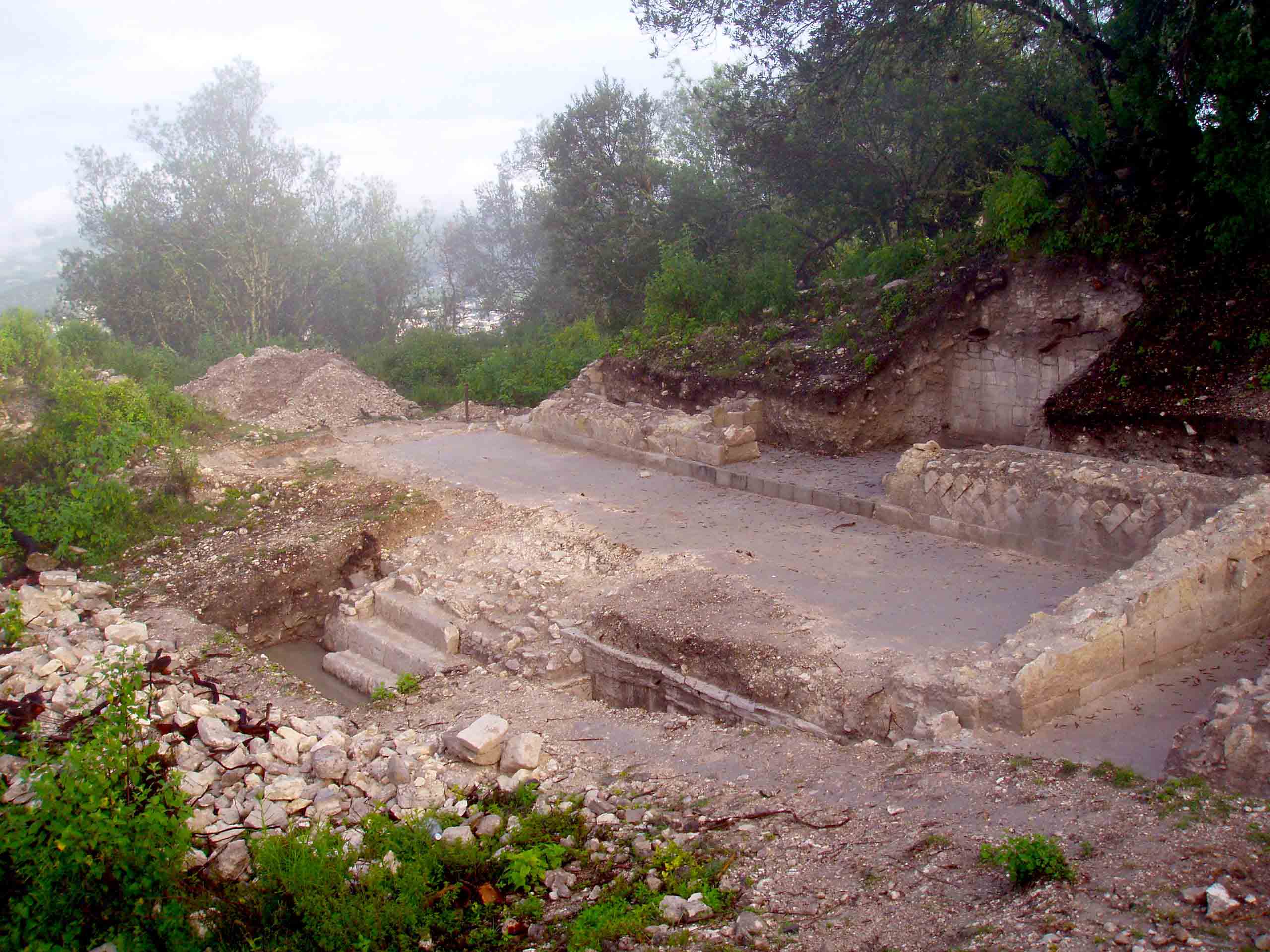
UPPSALA, SWEDEN—A report in New Historian states that the practice of large-scale whaling may be several centuries older than previously thought. Andreas Hennius of Uppsala University and his colleagues examined board-game pieces dating to the Late Iron Age in museum collections in Sweden, and found that most of them were made of whalebone dating to the mid-sixth century A.D. The large supply and standardized forms of the game pieces suggest the scale of production was beyond the whalebone supply available from the carcasses of beached whales. Analysis of the game pieces with ZooMS, or Zooarchaeology by Mass Spectrometer, showed they had all been made from the bones of the North Atlantic right whale, or Eubalaena glacialis, which swam slowly and close to shore, and floated after it was killed because it had so much blubber. In Norway, archaeologists have uncovered evidence of large boathouses and features for processing blubber that also date to the sixth century. The researchers think the game pieces may have been crafted in Norway and transported to Sweden. To read about a chess piece recently discovered in Norway, go to “Norwegian Knight.”










